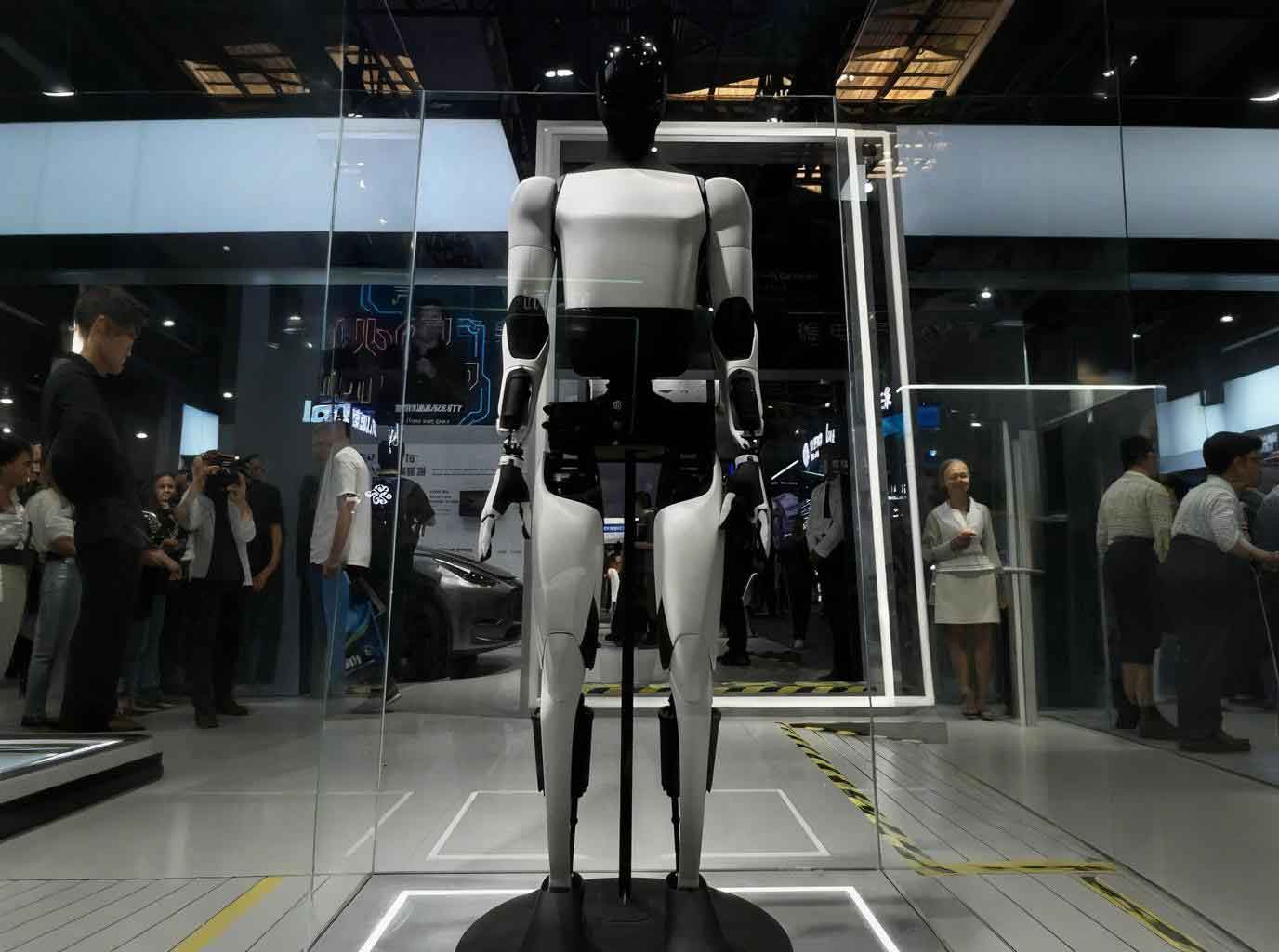Humanoid robot technology is rapidly evolving into a focal point for global technological innovation and industrial upgrading. As a prime example of embodied intelligence, these systems integrate AI, advanced manufacturing, and new materials to create disruptive products that could transform human productivity and lifestyles. This comprehensive review examines the technological landscape, core innovations, applications, and future trajectories of humanoid robotics.

1. Evolution and Global Landscape
Humanoid robotics has progressed through four distinct phases:
- Early Development (1969-2000): Focused on basic mechanical structures and motion capabilities with limited functionality
- Integration Era (2000-2015): Incorporated richer sensors for environmental perception and improved decision-making
- Dynamic Movement Phase (2015-2022): Achieved complex locomotion capabilities exemplified by Boston Dynamics’ Atlas
- Intelligence Explosion (2022-Present): Integrated large AI models and high-performance computing for advanced cognitive functions
International Progress: The United States, Japan, and Europe lead in hardware innovation. Tesla’s Optimus (173cm, 57kg) employs carbon fiber composites and deep learning algorithms, while Boston Dynamics’ electric Atlas demonstrates unprecedented joint flexibility. OpenAI and NVIDIA drive advancements in embodied intelligence integration through projects like RT-X and GR00T.
China’s Development: Domestic innovation focuses on cost-effective solutions and specialized applications. Fourier Intelligence’s GR-2 (175cm, 63kg, 53 DOF) and Unitree’s G1 (127cm, 35kg) demonstrate significant progress in motion stability. China has established collaborative platforms like the Beijing Embodied Intelligence Robot Innovation Center to accelerate industrial ecosystems.
2. Core Technologies
2.1 Mechanical Architecture and Components
Humanoid designs balance strength and agility using aluminum alloys and carbon fiber composites. Core components include:
| Component | Key Specifications | Technical Challenges |
|---|---|---|
| Harmonic Reducers | Positioning accuracy: ±0.05° | Fatigue resistance during high-frequency operation |
| Servo Motors | Torque density optimization | Thermal management under heavy loads |
| Controllers | Processing: 275 TOPS, Power: 10-15W | Real-time response below 10ms latency |
| Dexterous Hands | 12+ active DOF per hand | Multi-modal sensory integration |
2.2 Environmental Perception
Multi-sensor systems enable comprehensive environmental understanding:
- Vision: Monocular/binocular cameras, LiDAR for navigation
- Motion Feedback: IMUs (0.1° error), high-precision encoders (0.001° resolution)
- Tactile: Electronic skin and visuo-tactile sensors for manipulation
Current fusion algorithms exhibit 200-300ms latency, requiring optimization for sub-100ms response times in complex environments.
2.3 Movement and Manipulation
Bipedal locomotion uses hybrid dynamic models and reinforcement learning. Beijing Institute of Technology’s compliance controllers reduce landing impact by 30% while maintaining under 5mm balance error. Upper-body manipulation employs:
- High-DOF arms with 3kg+ payload capacity
- Schunk SVH and Fourier GR-2 hands with multi-modal sensing
- Force-controlled algorithms for delicate operations
2.4 Embodied Intelligence Systems
Integration of physical interaction and AI creates adaptive autonomous systems. Key developments include:
- NVIDIA’s Project GR00T foundation model for environmental interaction
- OpenX-Embodiment database with 100M+ multi-modal training samples
- General models (PaLM-E) vs specialized vertical models (GR-2) for task-specific optimization
2.5 Human-Robot Collaboration
Advanced interaction systems enable natural cooperation through:
- Motion intention recognition algorithms
- Multi-modal emotion detection (e.g., GR-2’s adaptive responses)
- Digital twin synchronization for predictive coordination
2.6 Development Ecosystems
Operating systems and simulation platforms accelerate innovation:
- NVIDIA’s Isaac Sim enables large-scale virtual training
- Hybrid physical-digital testing reduces development cycles
- Modular architectures support rapid capability integration
3. Application Domains
3.1 Specialized Environments
Embodied robots excel in hazardous scenarios:
- Military: Bomb disposal and reconnaissance with 95% detection accuracy
- Disaster Response: Survivor location within 0.1m precision, 50kg payload delivery
- Industrial Inspection: Continuous monitoring in nuclear/chemical facilities
3.2 Manufacturing
Humanoid systems enhance production flexibility:
- UBTech’s Walker S1 performs bolt-tightening in automotive assembly
- Unitree robots conduct material handling in EV factories
- Adaptive deployment across discontinuous workstations
3.3 Service Sectors
Domestic and public applications expand rapidly:
- Elder Care: Tencent’s assistive robots provide mobility support
- Healthcare: Rehabilitation training with 1mm motion precision
- Retail/Hospitality: Customer service and logistics automation
4. Technical Challenges
- Hardware-Software Integration: Cross-domain optimization of complex systems
- Perception Limitations: Multi-modal fusion latency above 200ms
- Cognitive Constraints: Immature reasoning chains for unseen scenarios
- Power Systems: Energy density and thermal management limitations
- Safety Frameworks: Evolving standards for human-robot coexistence
5. Future Directions
- Embodied Intelligence Convergence: Deeper integration of LLMs with physical interaction capabilities
- Specialized AI Models: Vertical models for industrial precision vs general models for service adaptability
- Advanced Simulation: Physics-accurate virtual training environments
- Computational Advancement: Custom silicon for real-time billion-parameter models
- Ethical Frameworks: Developing standards for human-robot coexistence
The embodied robot revolution represents a convergence of mechanical engineering, AI, and materials science. As hardware capabilities advance and cognitive architectures mature, these systems will transition from laboratories to real-world applications. Continued innovation in perception, mobility, and adaptive intelligence will unlock unprecedented capabilities, establishing humanoids as transformative forces across industrial and social domains.
